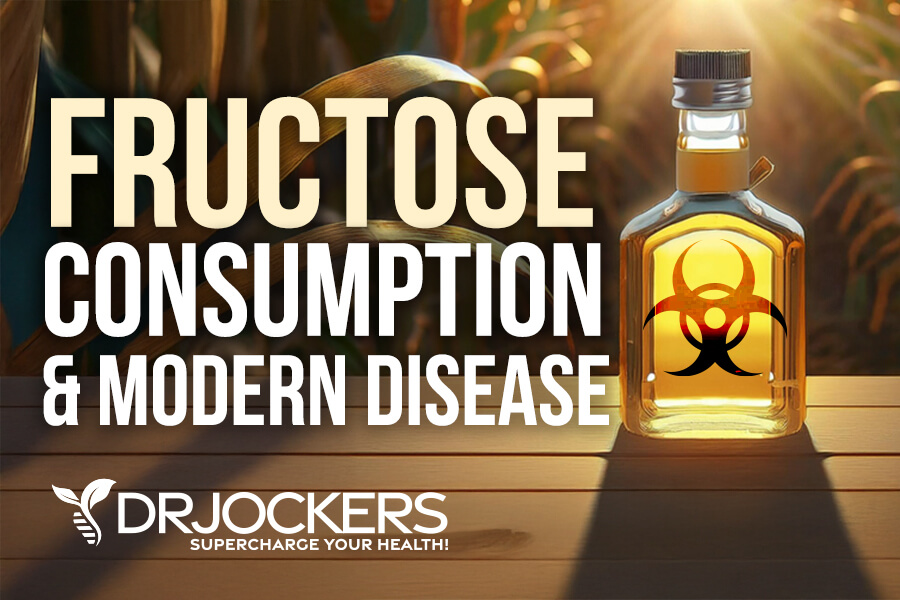
Fructose Consumption and Modern Disease:
The consumption of fructose has increased considerably over the last 50 years. During this same period, the obesity rate has more than doubled from 15% in 1970 to over 40% in 2024 (1). Although there are many lifestyle factors to consider with this increase, the increased fructose consumption must be considered.
Fructose is a monosaccharide that is naturally produced in fruits, honey, and some vegetables like corn. Historically, humans did not consume excessive amounts of these foods but instead ate them occasionally. Today, man has found different ways to manufacture and utilize fructose.
Government Subsidies:
The government began to subsidize farmers to produce food products such as corn and soy. Due to sugar tariffs and these governmental subsidies, there was great incentive to make sugar alternatives out of corn (2). High fructose corn syrup (HFCS) burst onto the commercial scene in the late 1950’s and began to grow in the 1970’s.
Food processing companies love HFCS because of its extremely low cost and its liquid nature (3). The fact that it comes as a liquid makes it easy to utilize in soft drinks and other recipes. Regular HFCS is 55% fructose and 45% glucose which has a similar sweetness as table sugar. Other forms such as HFCS -90 are significantly sweeter than sugar.
HFCS is the preferred sweetener found in soft drinks, juices, teas, breakfast cereals, baked goods, condiments, and other processed foods. Other major sources of fructose include processed fruit juices and agave nectar. Agave nectar is roughly 80% fructose and although it is considered low glycemic it is extremely dangerous due to the fructose content (4).
Fructose Metabolism and Triglycerides:
Fructose metabolism leads directly to triglyceride formation. Elevated triglycerides leads to weight gain, obesity, type II diabetes & heart disease (5). In 2009, Georgia State University researchers found that the elevated triglycerides formed through fructose metabolism cause insulin resistance in the brain (6). This leads to decreased learning and memory and accelerated brain tissue degeneration.
Fructose consumption stimulates the body’s hormonal system much differently than glucose and other forms of sugar. Fructose turns off the natural appetite-control system by forming sugar molecules without stimulating insulin. Typically, as insulin rises in the body it suppresses the hormone ghrelin (which initiates hunger) and stimulates leptin (which signals satiety).
Fructose disrupts this natural hormone messaging. The result is that the individual eats more food and produces more triglycerides which damage cells and leads to insulin resistance (7).

Fructose Creates Uric Acid Toxicity
Fructose is primarily metabolized by the liver and creates stress on the liver detoxification system. Some researchers compare fructose metabolism to ethanol alcohol metabolism due to the toxic effects they have on the liver (8). One of the major toxic byproducts is uric acid.
When cells become damaged and are replaced their DNA/RNA degrade into purine molecules which are then metabolized into uric acid. High consumption causes cells to burn up their energy stores and go into a state of shock that leads to massive cellular death (9). This cellular die-off leads to excessive increases in uric acid.
Excessive Uric Acid Production:
Uric acid is an inflammatory factor that increases free radical stress throughout the body. It depletes nitric oxide levels which leads to chronic tension and contraction in the arterial smooth muscle cells. This process leads to arteriosclerosis and elevated blood pressure.
These sorts of changes do not occur with normal starch or glucose consumption. The average individual consumes over 40 grams daily with less than 13 grams coming from natural sources such as fruit and raw honey (10). Many health experts believe that fructose is highly dangerous when consumed in excess of 25 grams per day (11).
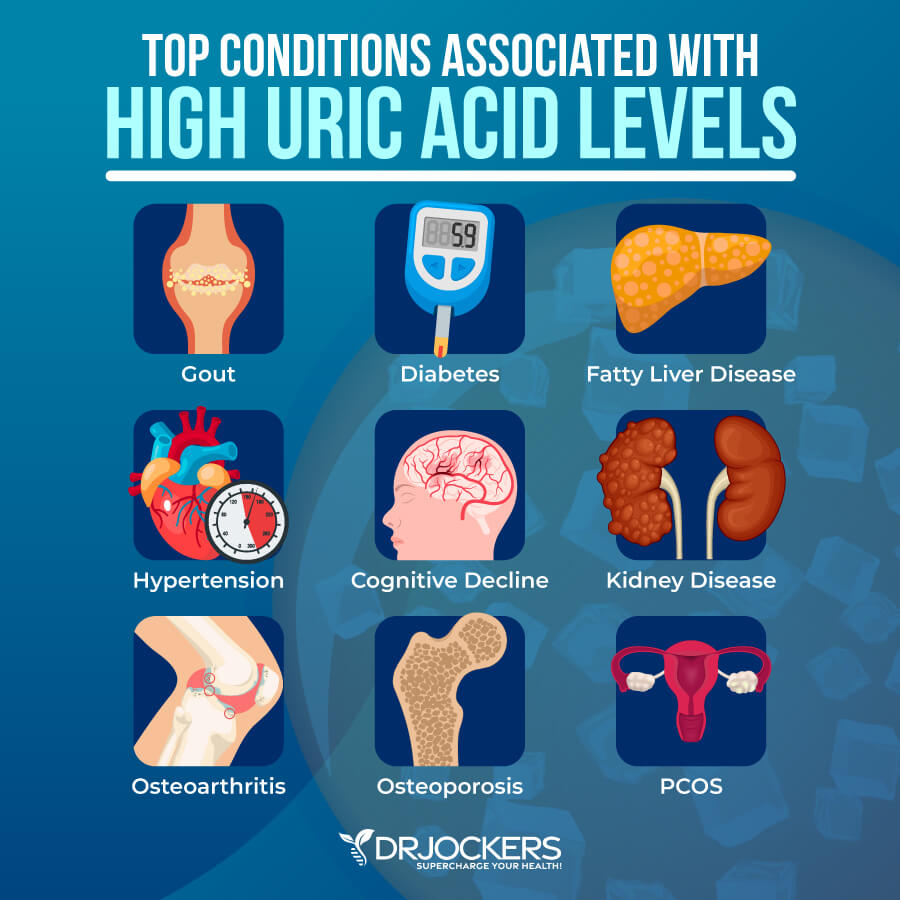
Lowering Fructose and Uric Acid
One of the best ways to lower fructose and uric acid levels is by following a diet high in protein and healthy saturated and omega-3 fatty acids and plant polyphenols. You want to reduce sugar and starch intake and include colorful fruit and veggies and a healthy serving of protein and fats in each meal.
If you want to work with a functional health coach, I recommend this article with tips on how to find a great coach. On our website, we offer long-distance functional health coaching programs. For further support with your health goals, just reach out—our fantastic coaches are here to support your journey.
Inflammation Crushing Ebundle
The Inflammation Crushing Ebundle is designed to help you improve your brain, liver, immune system and discover the healing strategies, foods and recipes to burn fat, reduce inflammation and thrive in life!
As a doctor of natural medicine, I have spent the past 20 years studying the best healing strategies and worked with hundreds of coaching clients, helping them overcome chronic health conditions and optimize their overall health.
In our Inflammation Crushing Ebundle, I have put together my very best strategies to reduce inflammation and optimize your healing potential. Take a look at what you will get inside these valuable guides below!
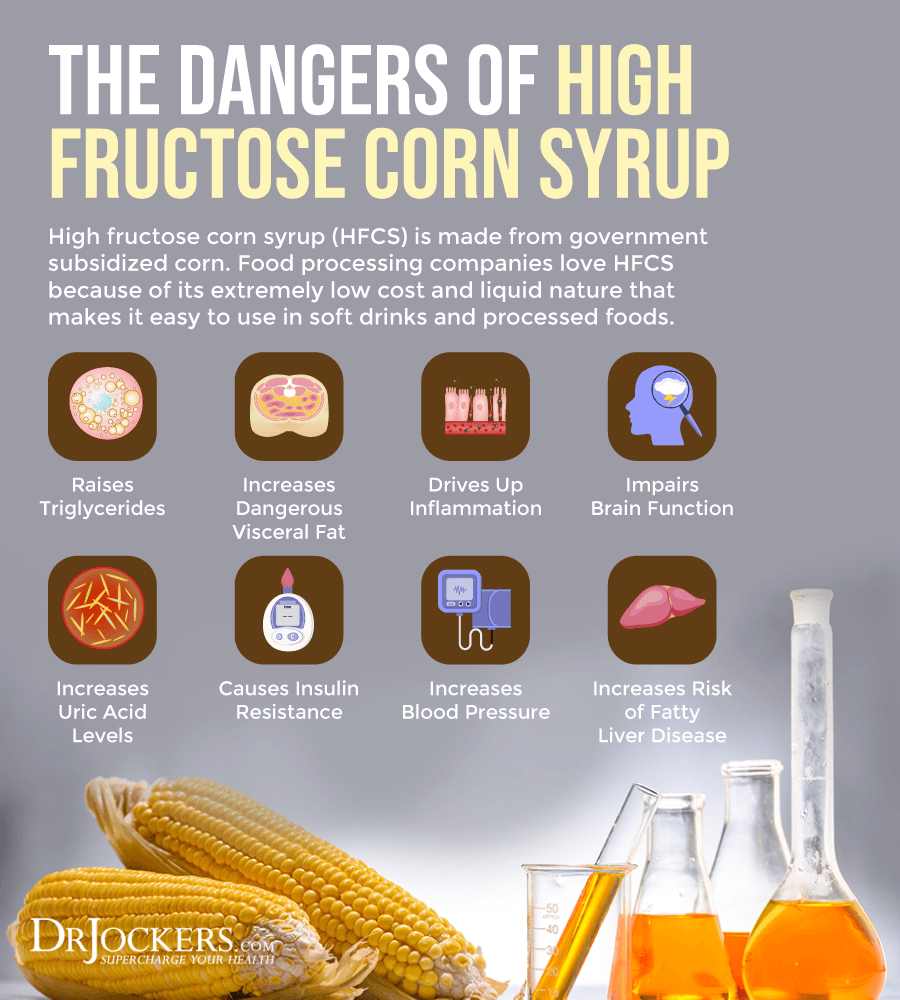
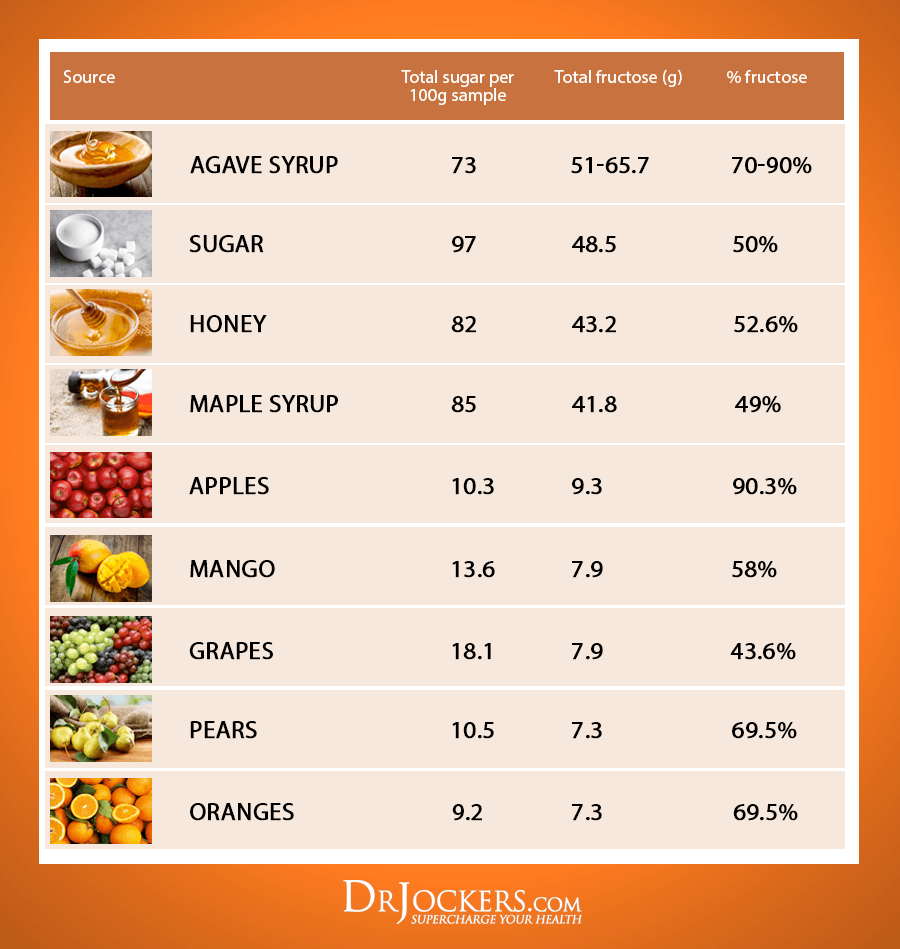
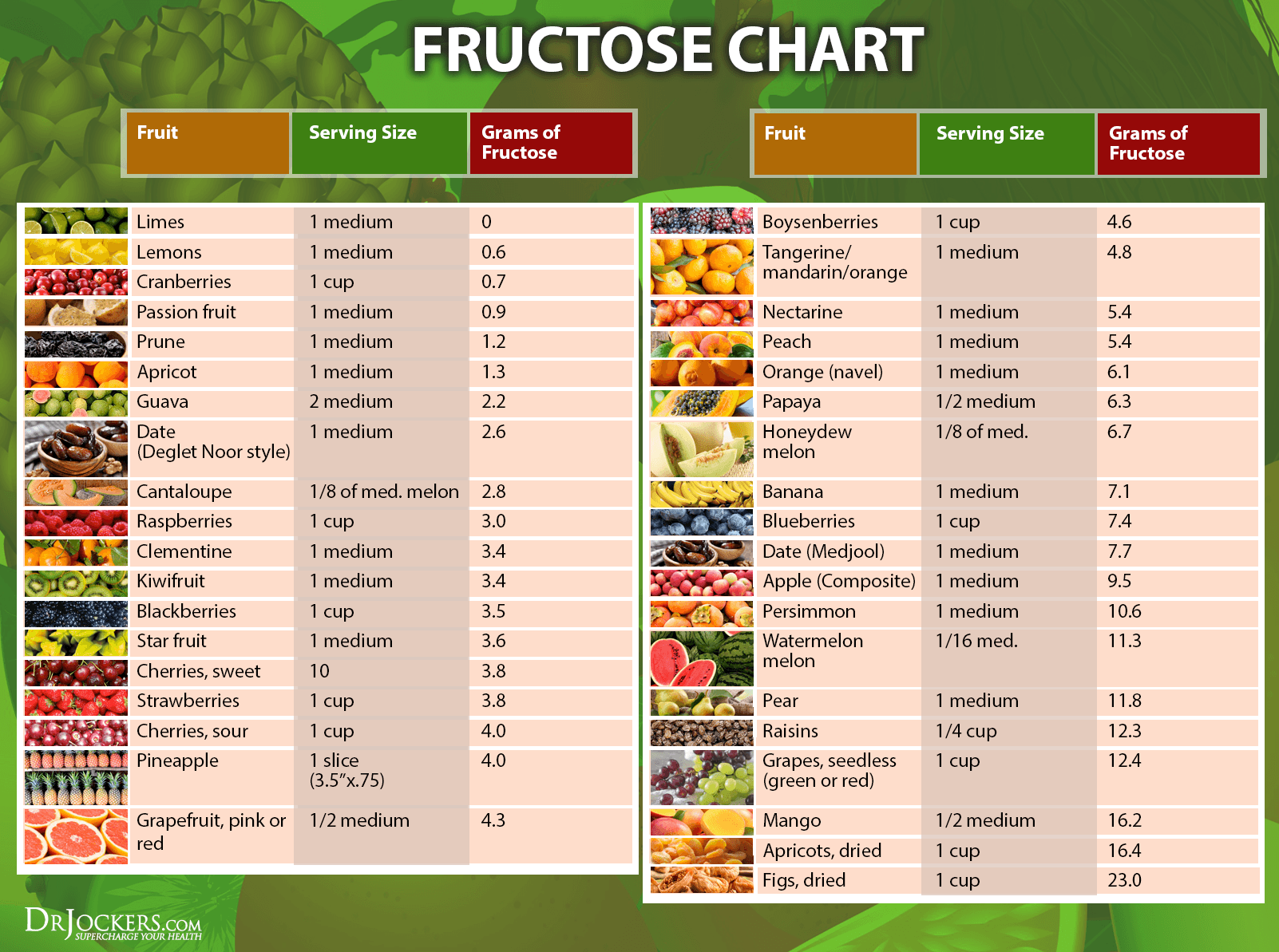
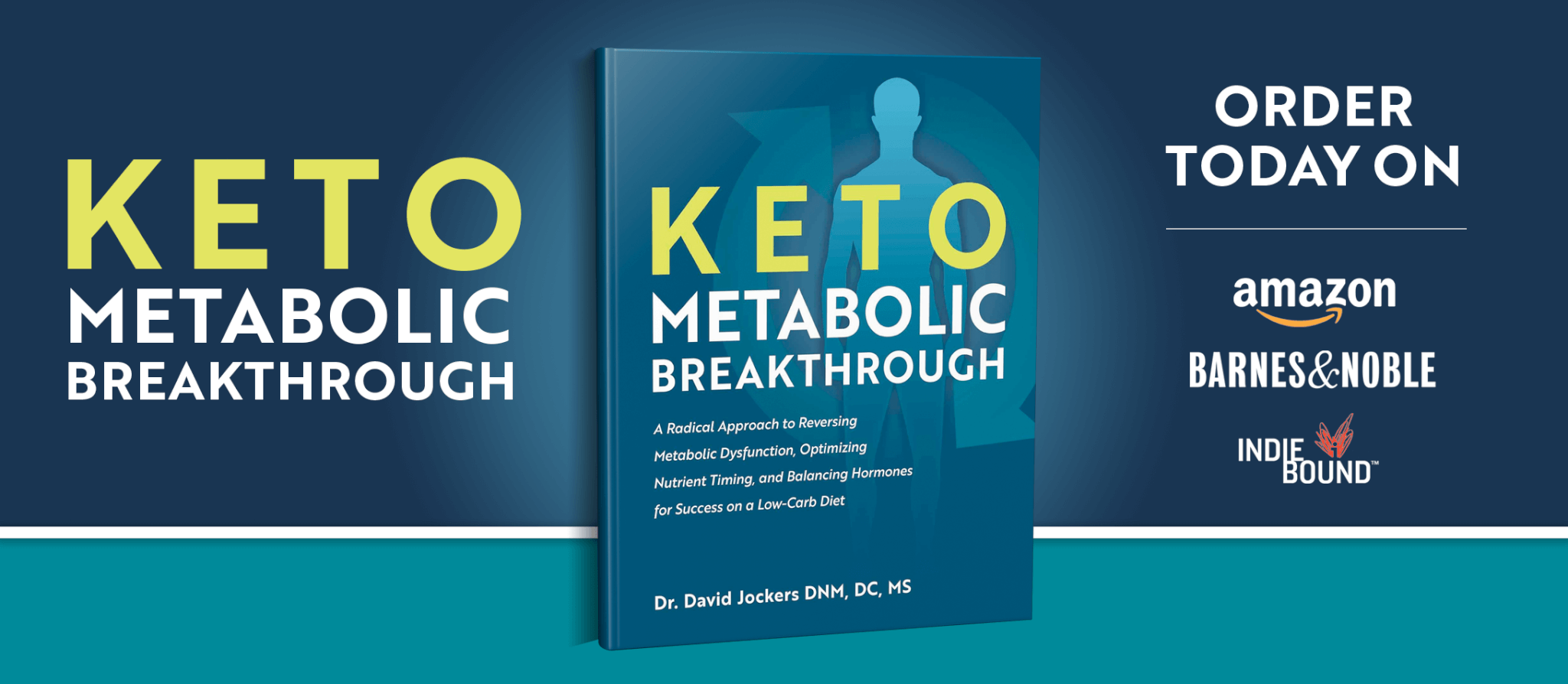




Thanks for the content, Dr. Jocker. How about coconut palm nectar?
Yes that is lower in fructose.
I appreciate your health education. I have tried to get HFC out of my diet. Now I have to help my grandson!
Yes it is so important Michelle! Blessings to you!
I have been able to kick a terrible 16 year oxy addiction. I’ve had bariatric surgery in 2011 and lost close to 100#. I can’t kick a soda/caffine/sugar addiction. I have gained back a lot of the weight.
Deeply shocked that I beat one addiction and can’t kick the soda addiction..